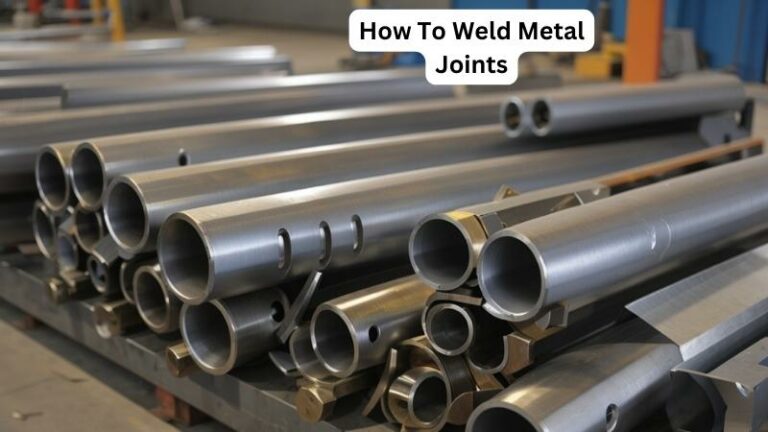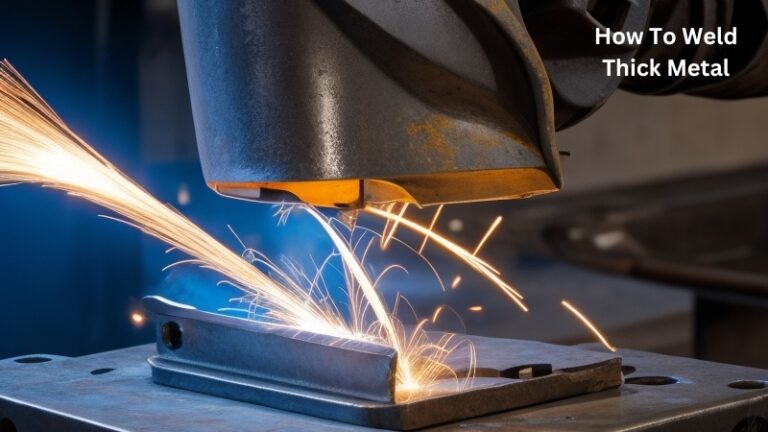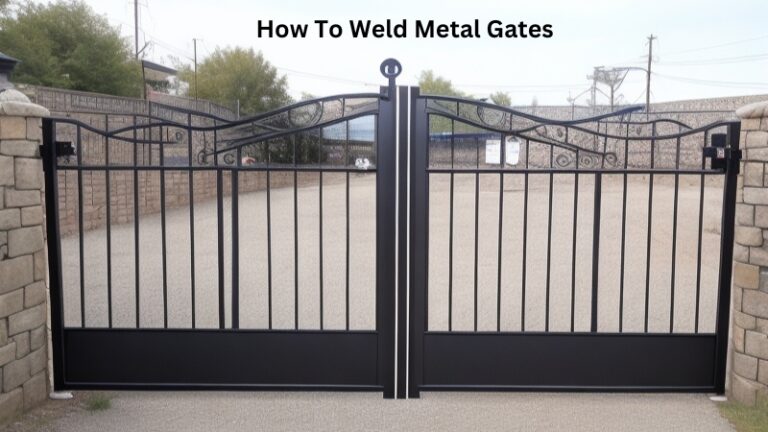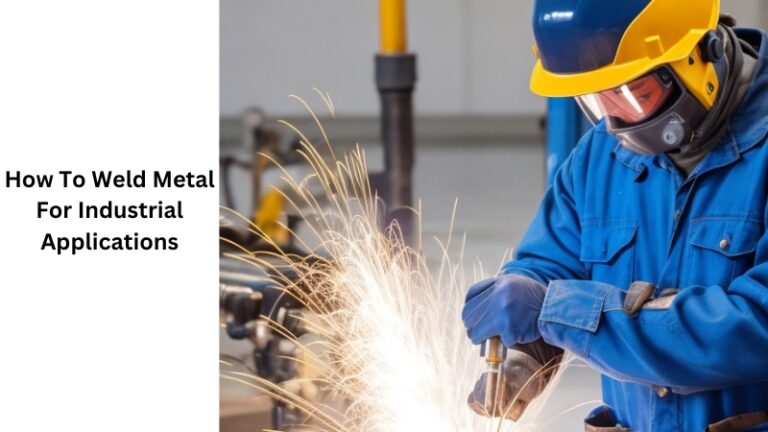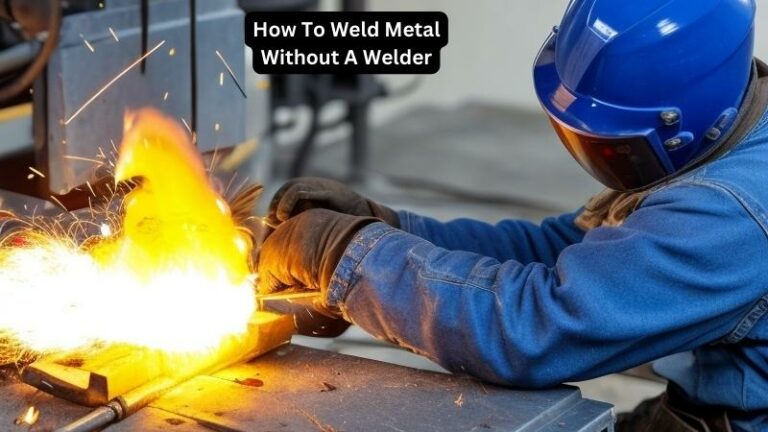Process of Weld Stainless Steel
Today we discuss the Process of Weld Stainless Steel. Stainless steel is a versatile and durable material used in a wide range of applications, from household appliances to industrial machinery. Its exceptional strength and resistance to corrosion make it a preferred choice for many projects.
However, welding stainless steel requires specialized knowledge and techniques to ensure a strong and flawless bond. In this guide, we will delve into the art of welding stainless steel, exploring the essential steps, equipment, and safety precautions necessary for successful and professional results.
Whether you are a seasoned welder looking to expand your skills or a beginner eager to learn the ins and outs of welding stainless steel, this comprehensive guide will equip you with the knowledge you need. We will start by understanding the unique properties of stainless steel that make it different from other materials commonly welded.
Then, we will delve into the various welding methods suitable for stainless steel, including TIG (Tungsten Inert Gas) welding, MIG (Metal Inert Gas) welding, and stick welding. By the end of this guide, you will have a solid foundation to confidently tackle welding projects involving stainless steel and create strong, reliable connections that stand the test of time.
How to Weld Stainless Steel:
- Prepare the surface by cleaning it with a stainless steel brush.
- Secure the metal in a position that allows easy access to the joint.
- Use a TIG or MIG welding machine with stainless steel filler wire.
- Start by tacking the pieces together to ensure proper alignment.
- Weld the joint by moving the torch in a steady motion, maintaining the correct heat.
- Allow the weld to cool slowly to prevent cracking.
- Finally, clean the welded area to remove any impurities.

Process of Weld Stainless Steel:
Step 1: Preparing the Materials
The first step in welding stainless steel is to gather all the necessary materials and equipment. Start by selecting the appropriate grade of stainless steel for your project. It is important to match the grade of the base metal with the filler metal to ensure a strong weld.
Next, gather the welding equipment, including a welding machine, appropriate welding electrodes or filler wire, and safety gear such as gloves, goggles, and a welding helmet. Ensure that the welding machine is set to the correct parameters for stainless steel welding, as different grades may require different settings.
Step 2: Setting up the Welding Area
Creating a suitable welding environment is crucial for a successful stainless steel weld. Start by setting up a clean and well-ventilated area, preferably outdoors or in a dedicated welding booth. Ensure that there are no flammable materials nearby and that the work area is free from clutter.
Position the stainless steel pieces to be welded in the desired configuration, ensuring proper fit-up and alignment. Use clamps or fixtures to hold the parts in place, as stainless steel has a tendency to warp or distort during the welding process. This will help maintain the accuracy and integrity of the final weld.
Step 3: Choosing the Welding Method
There are several welding methods that can be used for stainless steel, including TIG (Tungsten Inert Gas) welding, MIG (Metal Inert Gas) welding, and stick welding. The choice of method depends on factors such as the thickness of the stainless steel, the desired weld quality, and the skill level of the welder.
TIG welding is often preferred for stainless steel due to its ability to produce high-quality, precise welds. It involves using a tungsten electrode to create an electric arc that melts the base metal and filler wire, forming a strong bond.
MIG welding, on the other hand, is a faster and more versatile method that uses a wire electrode and shielding gas to create the weld. Stick welding, also known as Shielded Metal Arc Welding (SMAW), is a more traditional method that uses a flux-coated electrode to create the weld.
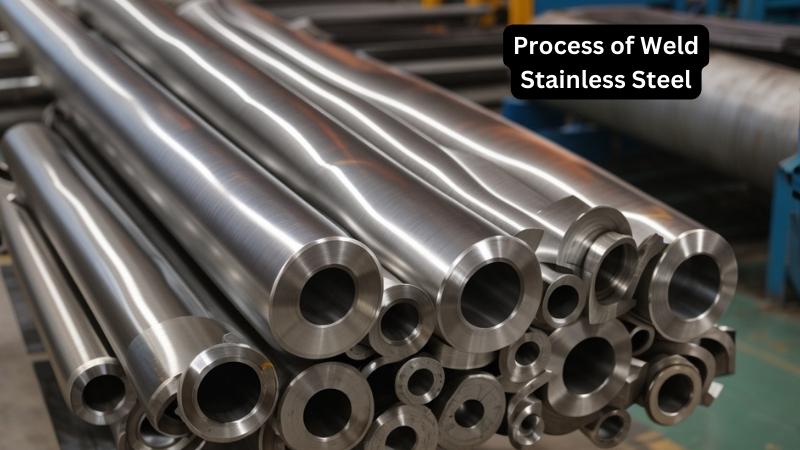
Step 4: Welding Technique
Once all the preparations are complete, it is time to start the welding process. Begin by striking an arc in a suitable starting position on the stainless steel surface. Move the welding torch or electrode along the joint, maintaining a steady travel speed and a consistent arc length.
For TIG welding, it is important to use a proper torch angle and manipulate the filler wire to achieve a smooth and even weld bead. MIG welding requires careful control of the wire feed speed and the welding gun angle to ensure proper penetration and fusion. Stick welding requires a steady hand and proper electrode manipulation to maintain a stable arc and create a strong weld.
Step 5: Post-Welding Inspection and Finishing
After completing the welding process, it is important to inspect the weld for any defects or imperfections. Use visual inspection techniques and, if necessary, non-destructive testing methods to ensure the quality of the weld. If any issues are found, make the necessary repairs or adjustments before proceeding.
Once the weld passes inspection, it is time to finish the welded stainless steel surface. Use a wire brush or a stainless steel cleaning solution to remove any discoloration, oxidation, or heat tint caused by the welding process. This will restore the stainless steel’s natural appearance and enhance its corrosion resistance.
Conclusion:
welding stainless steel requires careful preparation, the right materials, and proper technique. By following the step-by-step guide provided in this article, you can achieve high-quality, durable welds on stainless steel. Remember to always prioritize safety and use the appropriate welding method for your specific project. With practice and experience, you can master the art of welding stainless steel and create strong, reliable welds.
Faqs for Process of Weld Stainless Steel:
Before welding stainless steel, it is important to properly prepare the surface to ensure a strong and durable weld. Here are the steps to follow:
First, clean the stainless steel surface using a stainless steel brush or wire brush to remove any dirt, oil, or contaminants. Make sure the surface is free from any paint, rust, or scale.
Next, use a solvent or degreaser to remove any remaining oils or residues. After cleaning, use a stainless steel pickling paste or solution to remove any surface oxides. This process is known as passivation and helps to restore the stainless steel’s corrosion resistance.
The most commonly used welding processes for stainless steel are TIG (Tungsten Inert Gas) welding and MIG (Metal Inert Gas) welding.
TIG welding is often preferred for its precision and control. It uses a non-consumable tungsten electrode to create an arc that melts the base material and filler material (if necessary). TIG welding produces high-quality welds with excellent aesthetics and low distortion. It is suitable for thin stainless steel sheets and intricate designs.
MIG welding, on the other hand, is a faster and more cost-effective process. It uses a consumable wire electrode and a shielding gas to protect the weld pool from atmospheric contamination. MIG welding is suitable for thicker stainless steel sections and provides good penetration and high deposition rates.
Choosing the right filler metal is crucial for achieving strong and corrosion-resistant welds in stainless steel. The selection of filler metal depends on the stainless steel grade being welded and the desired properties of the weld.
For austenitic stainless steels (e.g., 304, 316), filler metals such as ER308, ER316, or ER308L are commonly used. These filler metals are designed to match the chemical composition and mechanical properties of the base metal, ensuring a strong and ductile weld joint.
For duplex stainless steels (e.g., 2205), filler metals like ER2209 are recommended. These filler metals have a higher alloy content to match the duplex stainless steel’s properties and prevent the formation of undesirable phases during welding.
First, use proper fixturing and clamping techniques to hold the stainless steel parts in place during welding. This helps to distribute the heat and minimize warping. Pre-tack or tack-weld the parts before the final welding to ensure proper alignment.
Second, use a welding sequence that balances the heat input. Welding in a single pass may generate excessive heat and lead to distortion. Instead, make multiple passes with shorter weld lengths, allowing each pass to cool before continuing.
Lastly, consider using a back purging technique for welding stainless steel pipes or tubes. Back purging involves introducing an inert gas, such as argon, into the inside of the pipe to prevent oxidation and minimize heat distortion.
First, use the correct welding process and filler metal for the stainless steel grade to minimize the formation of undesirable phases that can reduce corrosion resistance. Proper shielding gas and weld parameter control are also essential.
Second, perform post-weld cleaning and passivation to remove any heat-affected zones or contaminants that may have formed during welding. This helps restore the stainless steel’s protective oxide layer and ensures its corrosion resistance.
Lastly, avoid using carbon steel brushes or grinding wheels on stainless steel surfaces, as they can introduce contamination and compromise corrosion resistance. Use dedicated stainless steel tools and equipment to prevent cross-contamination.
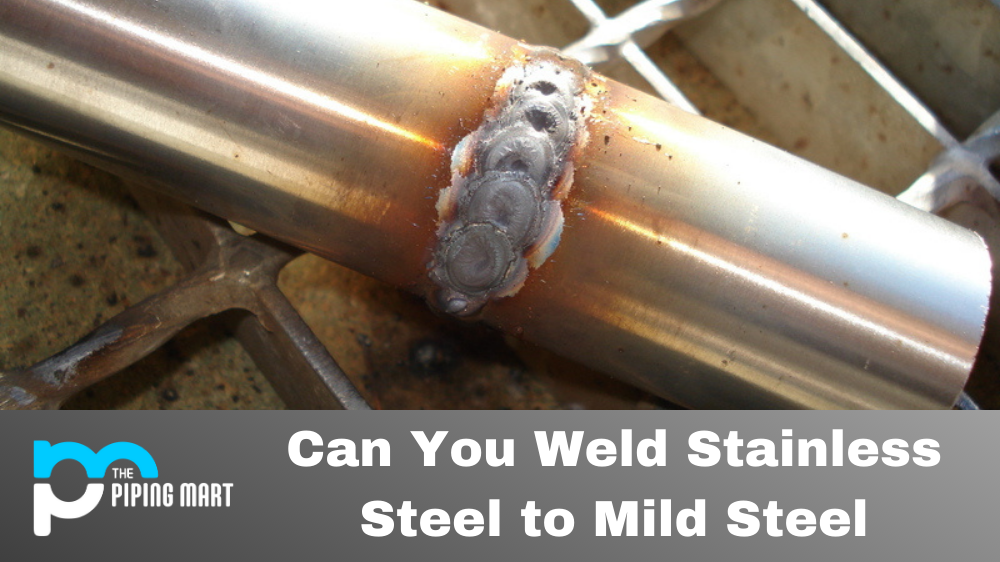
Source: thepipingmart.com
conclusion:
mastering the art of welding stainless steel is an invaluable skill for both professionals and enthusiasts alike. The unique properties and challenges of this material require a deep understanding of the welding process, as well as the necessary techniques and precautions to achieve optimal results. By following the steps outlined in this guide, you can confidently take on stainless steel welding projects, knowing that you have the knowledge and skills to create durable and aesthetically pleasing welds.
Remember, practice makes perfect when it comes to welding stainless steel. As you gain more experience, you will develop a keen eye for detail and a delicate touch, allowing you to create flawless welds that meet the highest standards. So, don’t be afraid to dive into the world of stainless steel welding, as it holds endless opportunities for creativity and craftsmanship. With dedication and perseverance, you can become a master of this versatile and sought-after welding technique. Happy welding!
